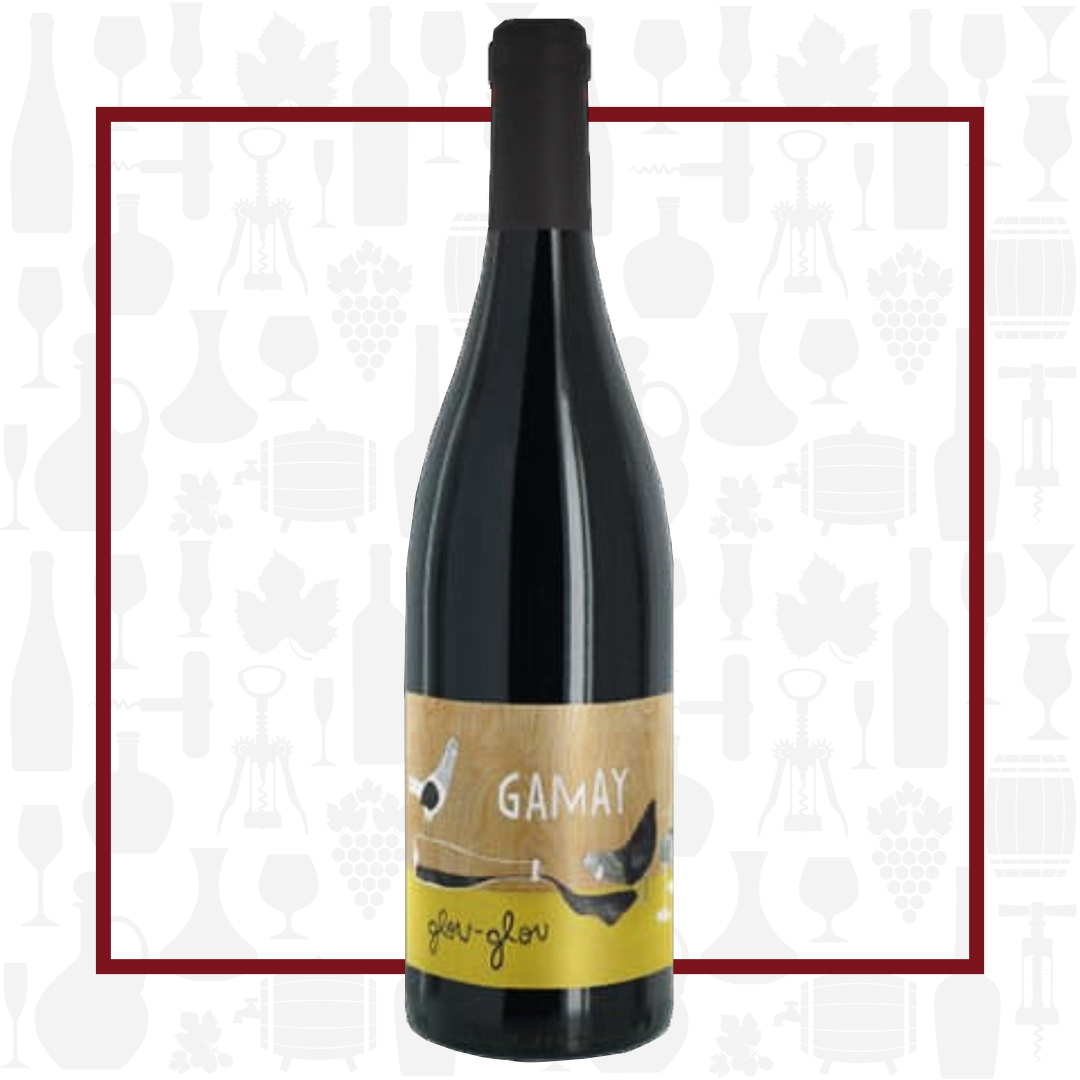Cellar Profile
Founded in 1840, this tiny estate is located in the commune of Saint Julien, just outside the Beaujolais Cru of Fleurie. Jean-Baptiste, now in his late 20s, took over the property from his father in 2014. As is the case with many young French vignerons, he chooses to farm his 40 hectares of vineyards in the most sustainable way possible: no herbicides or pesticides are used; there is natural grass cover between vine rows; and pruning and harvesting is done by hand. Located near the Sâone River, the vineyards have plenty of alluvial deposits, comprised mostly of sand, silt and clay. Grapes are fermented via wild yeasts and no sulfur is used during the winemaking process. His wines are fresh, energetic and full of French charm.
Region
Beaujolais is the southern part of the larger Burgundy region of France. Climactically closer to the Rhône (having part of the region actually in the Rhône Alps) than the rest of Burgundy, the dominant grape of the region is Gamay Noir, not Pinot Noir. The soils here are granitic and sandy, which benefits the juicier, more vigorous Gamay grape. The finest examples of Gamay come from the 10 Crus, but there are excellent wines coming from other vineyards which can achieve Beaujolais-Villages status, denoting their superior quality.
Vineyard
Estate vineyards in the southern part of Beaujolais. The soil is a mix of silt, clay and rich loam. Farmed organically, with great respect given for biodiversity in the vineyard.
Winemaking
Hand-harvested grapes are placed whole cluster in concrete tanks, where they undergo 8 months of natural carbonic maceration. The wine then undergoes spontaneous fermentation on the skins, before being lightly racked. There are no additives to this natural wine.
Varieties
Gamay, like the Beaujolais region in which it thrives, is often misunderstood and under appreciated. Depending on how it is grown and vinified, it can produce simple, light fruity wines (Beaujolais Nouveau) as well as bigger, structured reds showing cherry, berries, pepper and roasted notes (Cru Beaujolais).
Tasting Notes
Ripe and vibrant on the nose, with raspberry, bubblegum and cola notes mixing with some underbrush and earth. The palate is juicy and mouth-filling, but balanced by lively acidity. The red fruits are sweet and sour, but there are earthy, mushroom notes as well. This can be lightly chilled and served with good conversation and great friends. “Glou-Glou” means “glug” – don’t overthink the pairings here…

